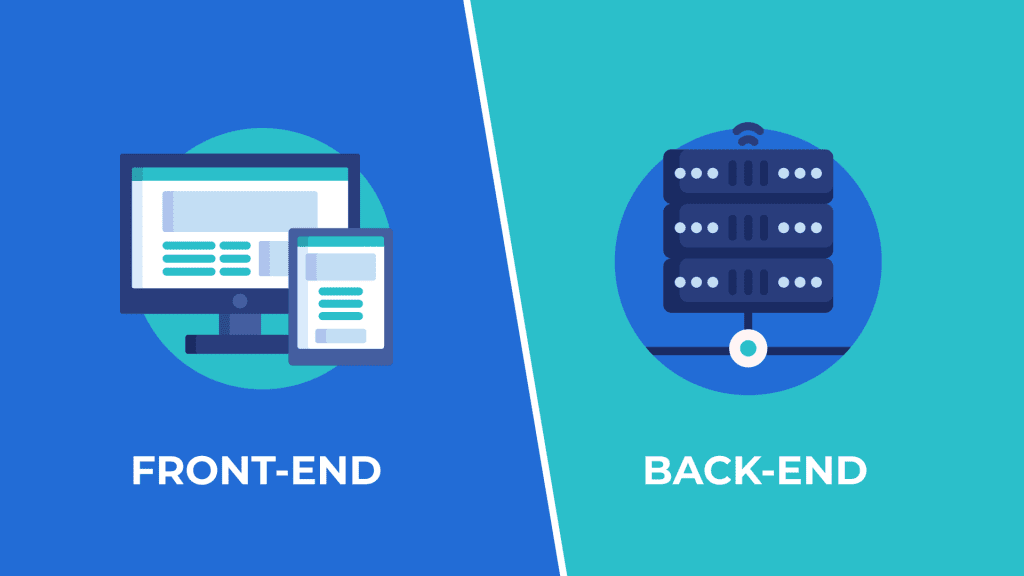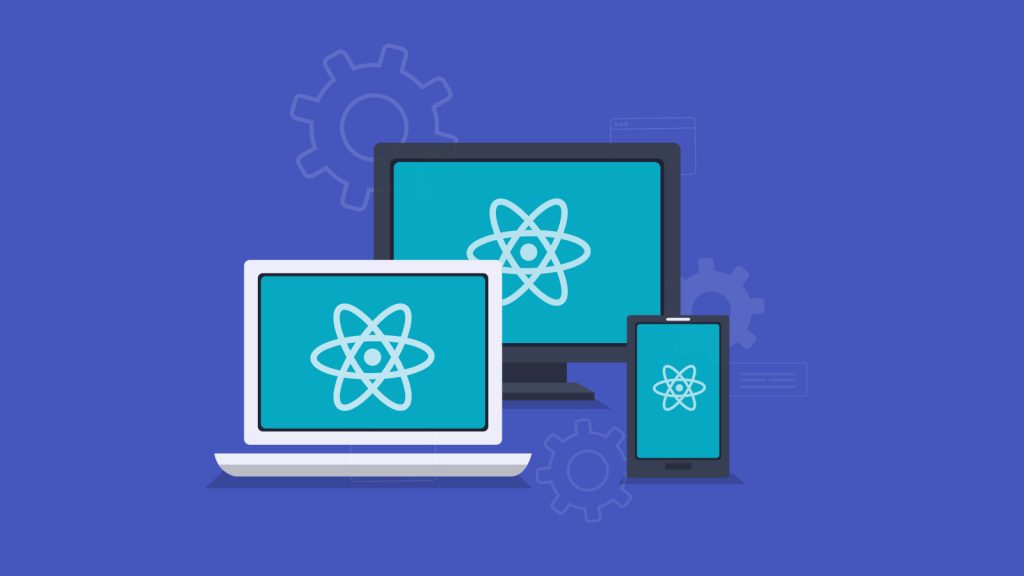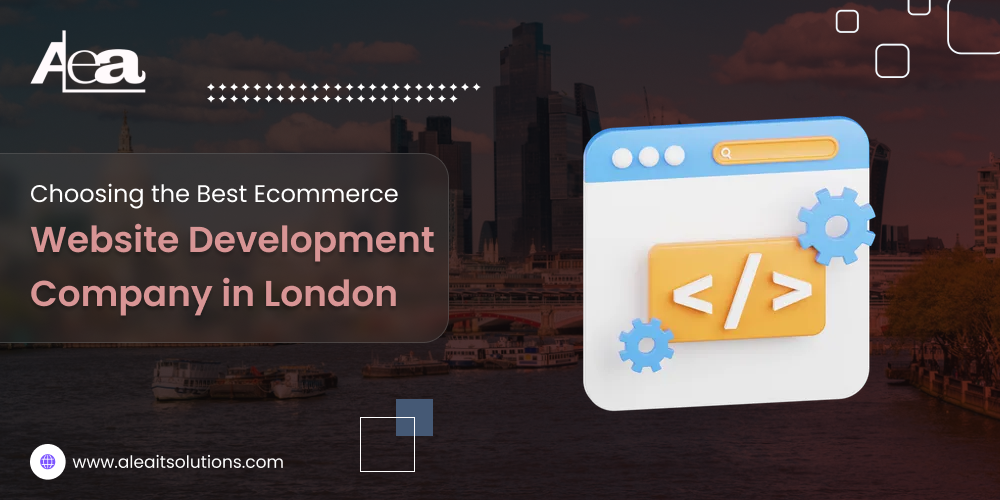
The world of information technology never stops evolving. And, it evolves very quickly. As web application development continues unabated, the applications become ever more complex. It’s no surprise, therefore, that this question arises increasingly frequently.
What is a frontend framework?

firstly, let us understand what the front end is. This is, simply put, the user interface. It is what the user sees and interacts with. And the framework? Well, that’s a piece of software that gives you the foundation on which you can build the front end. The most popular frameworks are React, Angular, and Vue.
React was developed by Facebook to help cope with the constant changes and enhancements to the app. Angular is a Google product while Vue was created by Evan You, an ex-employee at Google. Vue contains elements of Angular in a slimmed-down format.
So, do you really need a front-end framework? No, absolutely not. At least not while your app is compact and simple. Once your app starts growing, it becomes more unwieldy and difficult to maintain. And, this is where you start losing your user. Remember, the front end is all about the user.
Why use a front-end framework?

Old-school developers are sometimes a bit skeptical about the value of using a front-end framework. After all, everything can be done in the classic HTML/CSS way. And, truth be told, they are partially correct; as long as you’re not overly concerned about the user experience. You can build your front end the old way. Be warned, though. It’s going to be less eye-catching and dynamic and will lack some of the advanced features that the framework will provide.
The user experience is where the value of a framework stands proud. Whilst HTML/CSS can address all the basic functionality requirements, the framework provides elegance and style. It also provides more functionality at the front end which reduces user effort and kicks the user experience up a notch or two.
Another very good reason to use a framework is that, in essence, it’s just a big library of pre-made templates and tools. There is no reason to build a front end from scratch. Simply pull all the building blocks you need from the framework and put it all together. Granted, you need to do some customization and configuration but, nevertheless, you’ll save a lot of time. And, you will end up with a far more professional look and feel.
Where to from here?

Re-inventing the wheel relates not only to use a framework rather to doing everything the old-fashioned way. It relates also to not having to acquire the skills to use the framework. The most efficient way to proceed is to hire a front-end developer.
Although it is considered fairly easy to acquire the skills to use a framework, you’d still be much better off with a front-end developer. They have the skills and experience to ensure that your front end will look and work the way you want it to. Doing it yourself may result in functional flaws or a less-than-ideal user experience.
At ALEAIT SOLUTIONS, the team of frontend developers has acquired vast experience to ensure that your frontend performs to your expectations. Our team has successfully delivered projects in fields as diverse as e-learning, grocery shopping, and healthcare. Their experience spans all the different platforms and operating systems.
If you’re planning a new app or thinking of upgrading an existing one, be sure to give us a call. Your users will thank you.




